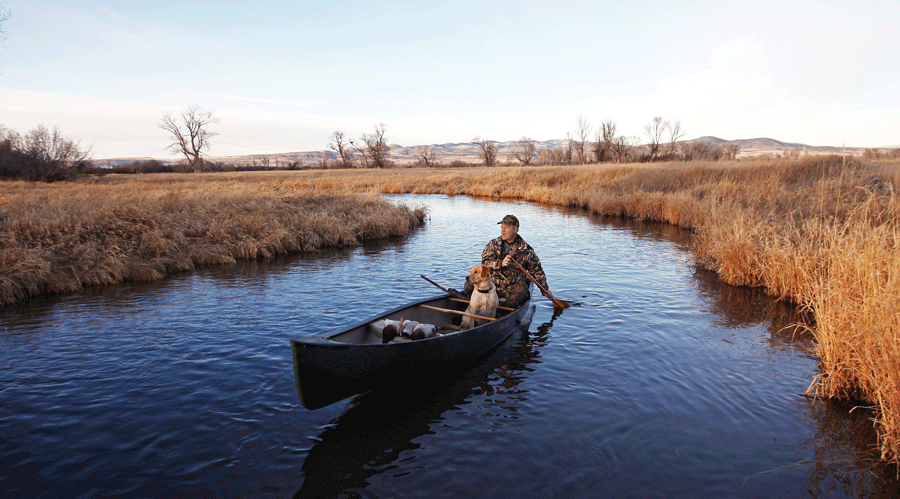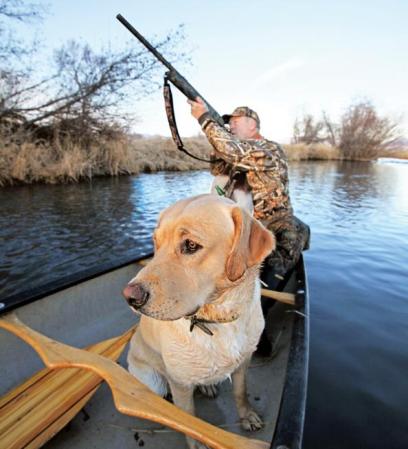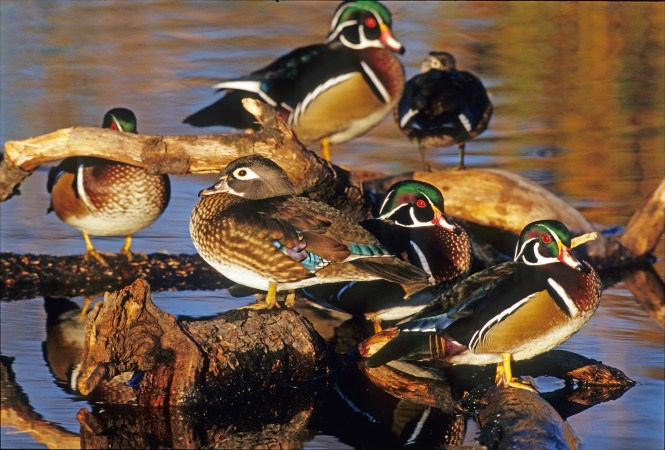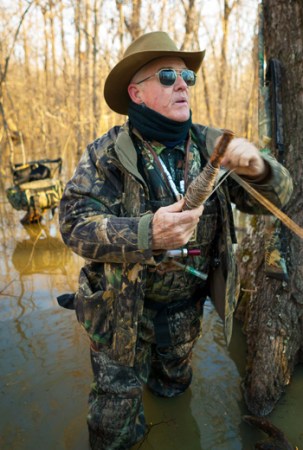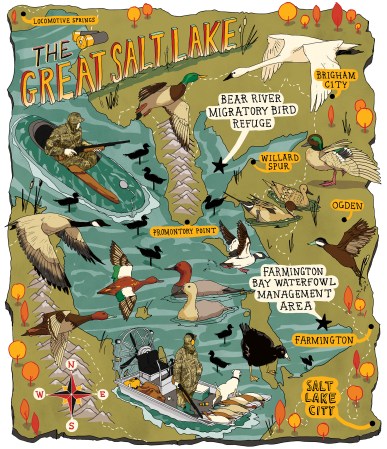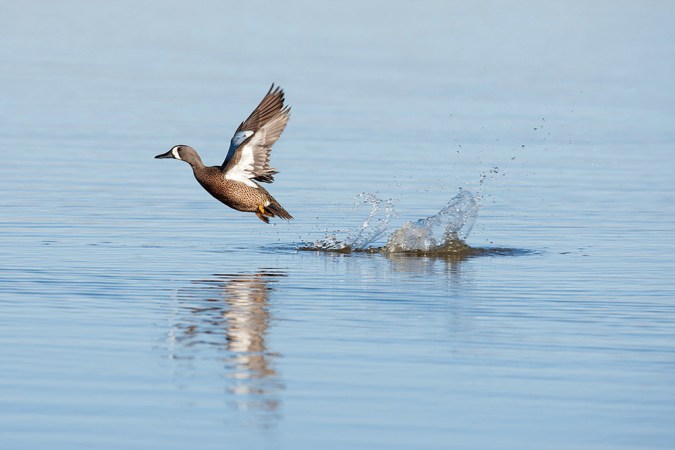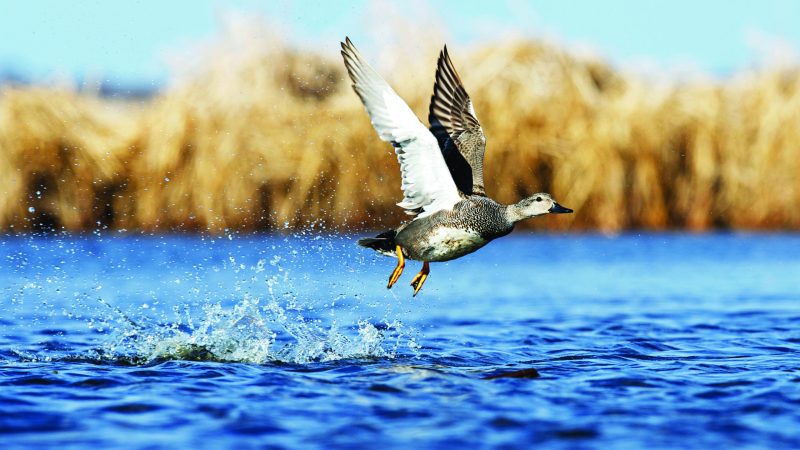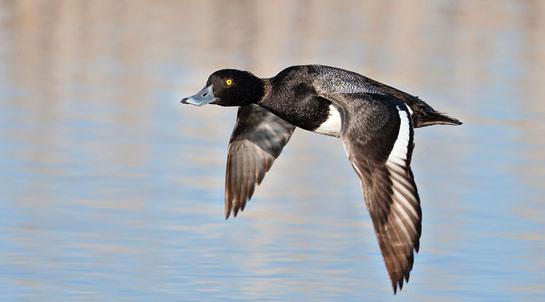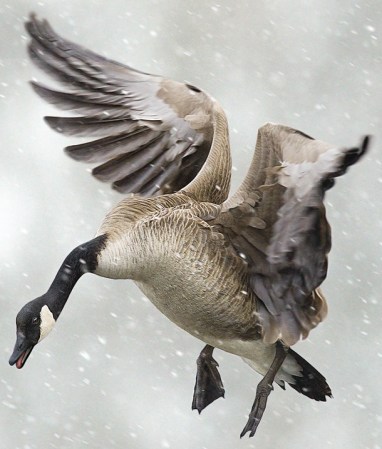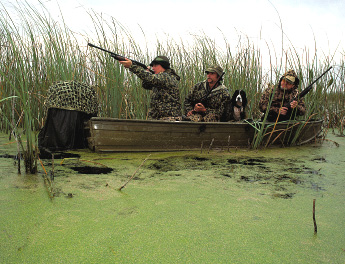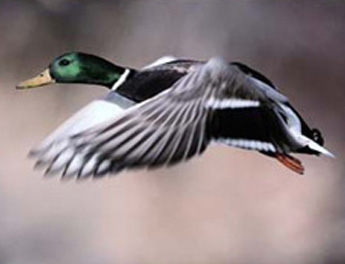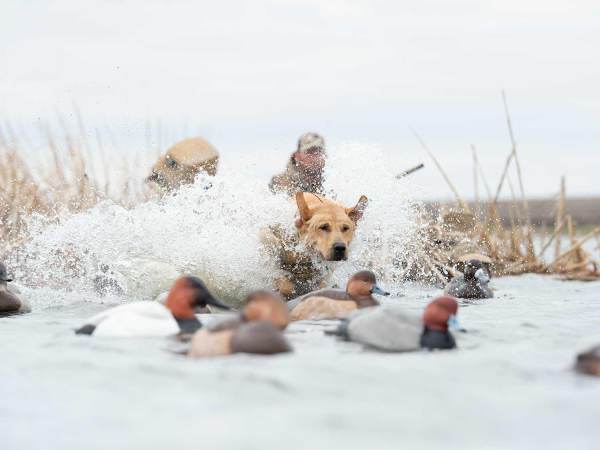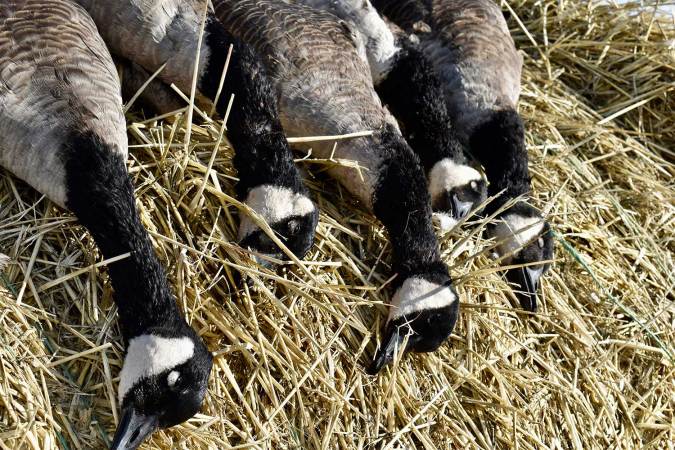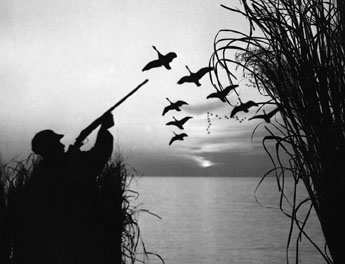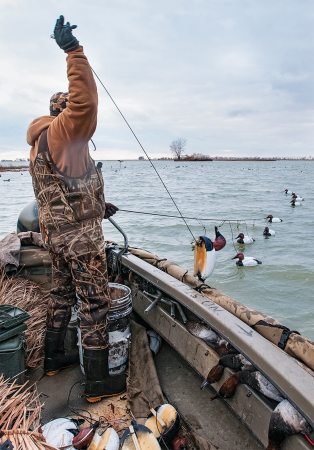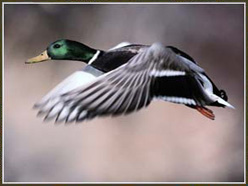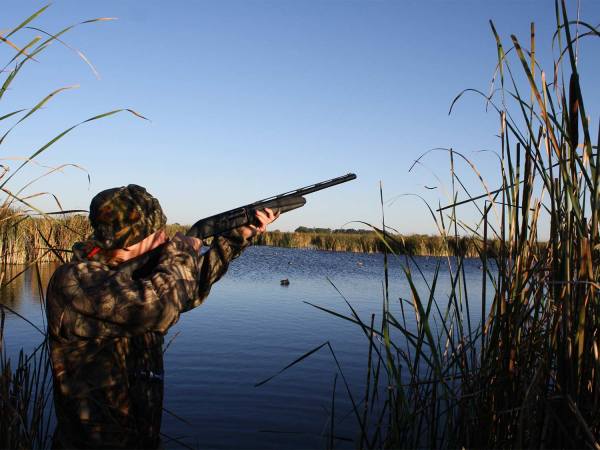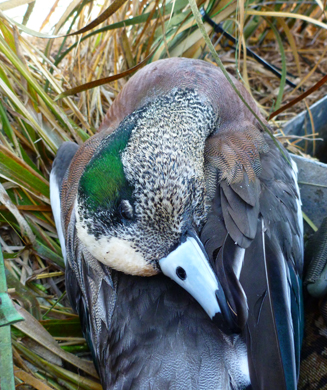Photo by Denver Bryan
Need some duck hunting elbow room? Head to a river near you.
Are you tired of fighting for space on classic duck hunting water? Marshes, wetlands, waterfowl production areas, wildlife management areas, and other traditional waterfowling zones attract lots of ducks—and duck hunters.
But there’s a place where you can find plenty of birds without a crowd of hunters. What’s more, access is open to the public, as long as you can launch a boat, or float a canoe or kayak. Sound too good to be true? It isn’t. The answer: Head to a river.
While not usually thought of as productive duck hunting destinations, rivers have everything ducks need: water, current-free loafing areas, and light-to-nonexistent hunting pressure.
So how do you adapt your waterfowl hunting approach for success on a river? You must figure out where ducks like to be, make a smart setup on that kind of spot, and understand the nuances of river duck hunting.
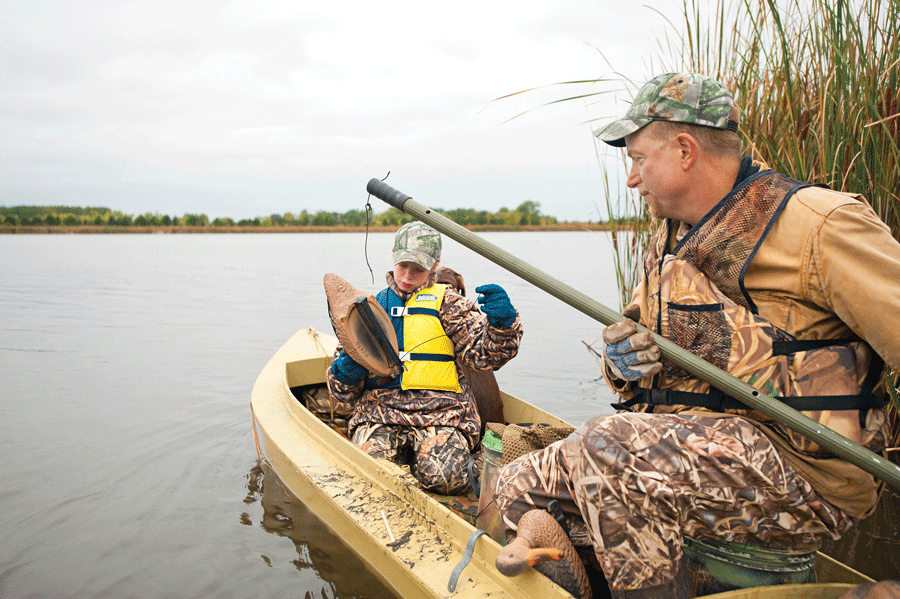
Photo by Tom Thulen/Windigo Images
Four Setups
The main and most obvious difference between water in a river and water in a lake or marsh is that most river water moves. The key to persuading river ducks to set their wings and drop in to your setup is finding water that is moving very little or not at all. This is where the birds like to retreat and rest. Here are four places to set up.
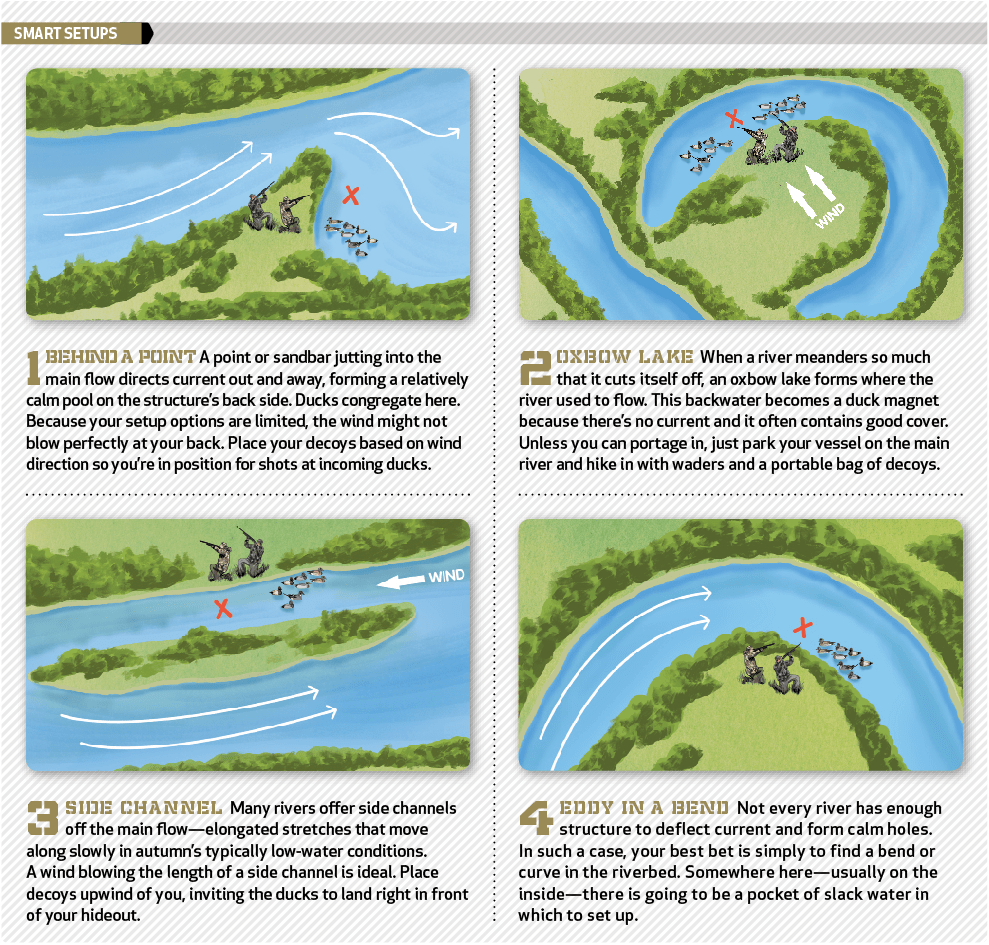
Five Tips
Hunting river habitat can be very different from hunting your favorite marsh. The following suggestions will help you adapt successfully.
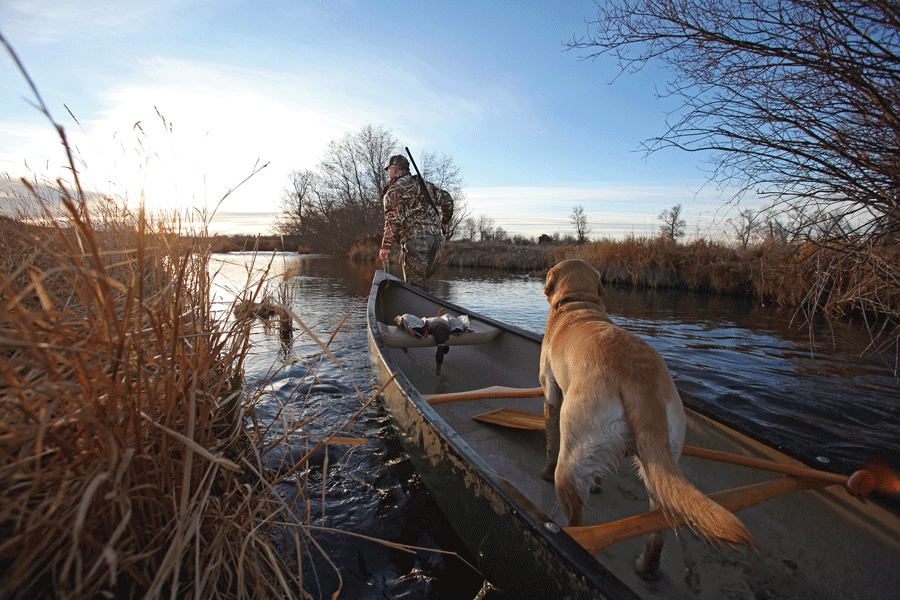
Photo by Denver Bryan
1) Mix your decoys
Rivers are known for producing bags with a potpourri of species—a mallard here, a wood duck there, pintails and wigeon, even divers. Add more variety to your decoy spread by augmenting the typical dabblers with some drake divers. Bluebills or canvasbacks provide extra visibility with their white backs and sides.
2) Be ready for fast action
Rivers usually don’t offer wide-open spaces for hunters to watch a flock of ducks work the corners. Instead, the birds usually just scream on in, cup their wings, and drop in if they like what they see. Stay alert and be ready to shoot.
3) Don’t give up after an hour
Some of the best river duck hunting happens toward midmorning, as birds come in from feeding in fields and other places (such as wild rice or celery beds) where food is more abundant.
4) Haul layout blinds
Hiding cover can be in short supply on rivers—especially in the prairie states and the West. Bringing along layout blinds allows you to set up right where you need to—even on a sandbar.
5) Keep a vessel ready for retrieves
Have a boat ready to rev up, or a canoe or kayak close at hand, in case a duck falls in fast-moving water and you need to get after it before it’s gone.
